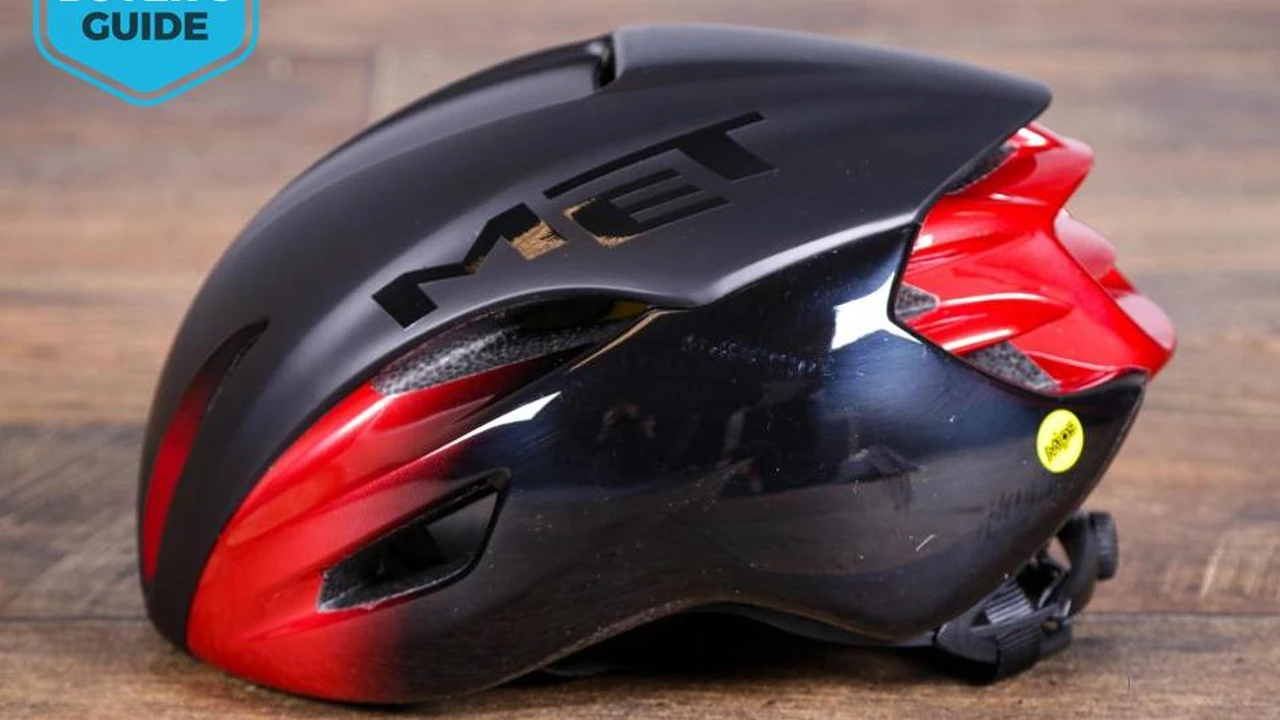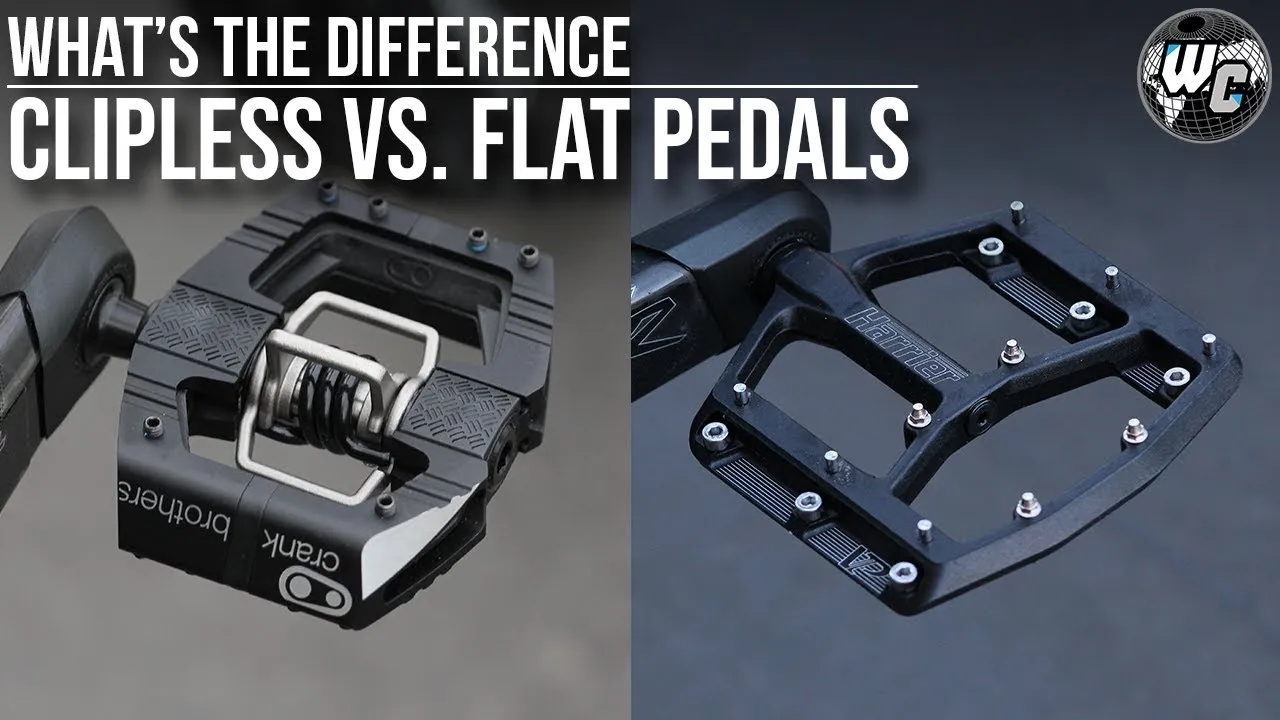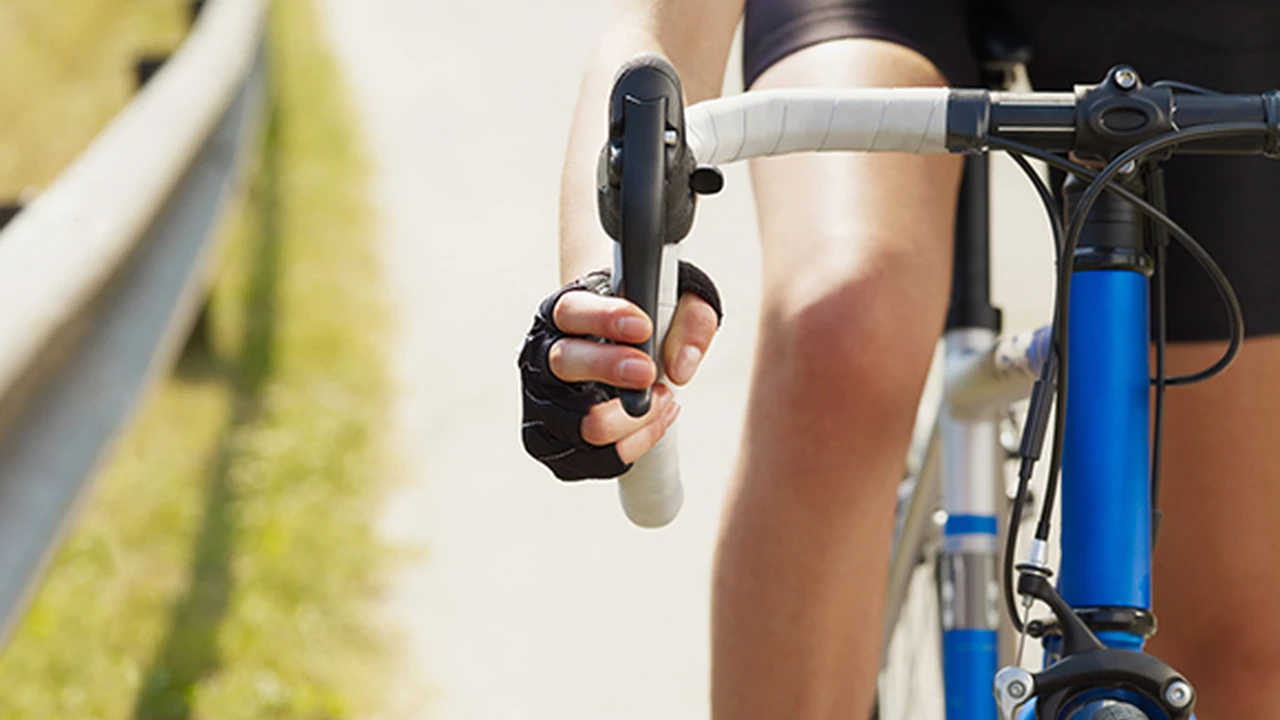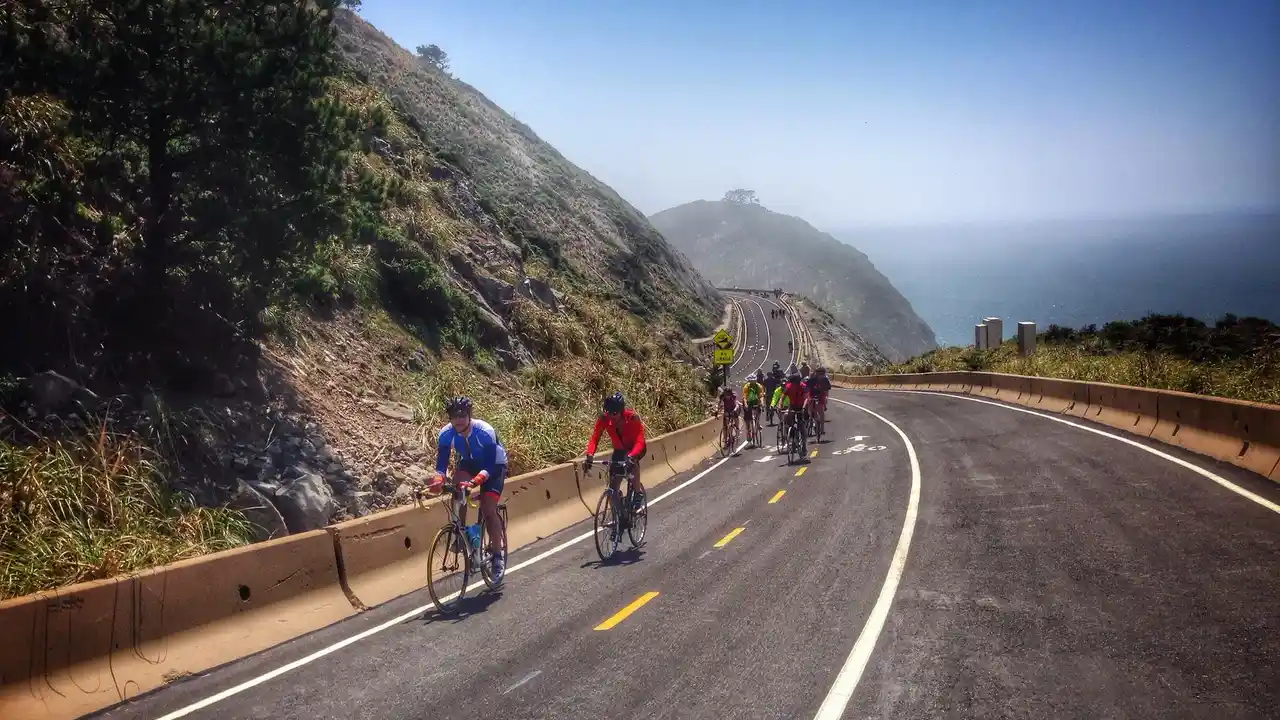7 Best Aerodynamic Road Bike Helmets of 2024
Aerodynamic road bike helmets are essential for cyclists seeking to maximize speed and efficiency. This guide explores the top aerodynamic helmets of 2024, highlighting their features, benefits, and ideal use cases. We'll also compare different models and provide pricing information to help you make an informed decision.

Choosing the right aerodynamic road bike helmet can significantly improve your performance, especially during races or time trials. These helmets are designed to reduce drag, allowing you to cut through the wind more efficiently. Let's dive into the best options available this year.
Understanding Aerodynamics and Helmet Design
Before we get into specific models, it's important to understand the principles of aerodynamics and how they relate to helmet design. Aerodynamic drag is the force that opposes your motion as you move through the air. A helmet's shape and surface texture play a crucial role in minimizing this drag. Smooth, streamlined designs are generally more aerodynamic. Many helmets also incorporate features like Kamm tail designs, which truncate the rear of the helmet to reduce turbulence and further decrease drag. Ventilation is also a key consideration; while minimizing vents can improve aerodynamics, sufficient airflow is necessary to keep your head cool and comfortable, especially during intense efforts. Manufacturers often use wind tunnel testing and computational fluid dynamics (CFD) to optimize helmet designs for minimal drag and optimal ventilation.
Top 7 Aerodynamic Road Bike Helmets of 2024: Detailed Reviews and Comparisons
Now, let's take a look at seven of the best aerodynamic road bike helmets available in 2024, considering their features, performance, and price.
1. Giro Vanquish MIPS: The All-Around Performer
The Giro Vanquish MIPS is a popular choice for its excellent balance of aerodynamics, ventilation, and comfort. Its TransformAir design helps smooth airflow over the helmet, reducing drag. The integrated MIPS (Multi-directional Impact Protection System) provides added protection in the event of a crash. The magnetic Zeiss Vivid lens enhances visibility and is easy to remove or attach. It's a great option for road racing, time trials, and general road riding.
Use Case: Road racing, time trials, triathlons, and general road riding.
Pros: Excellent aerodynamics, good ventilation, comfortable fit, integrated MIPS, Zeiss Vivid lens.
Cons: Relatively expensive, lens can be scratched easily.
Price: Around $275 - $325.
2. Specialized S-Works Evade 3: Lightweight and Breathable Aerodynamics
The Specialized S-Works Evade 3 builds upon the success of its predecessors, offering improved aerodynamics and ventilation. Its optimized shape and Airnode technology help reduce drag, while the larger vents provide enhanced airflow. The MIPS Air Node system is integrated directly into the padding, making it lighter and more comfortable. This helmet is a great choice for riders who prioritize both speed and comfort.
Use Case: Road racing, criteriums, and hot-weather riding.
Pros: Excellent aerodynamics, very good ventilation, lightweight, comfortable MIPS Air Node system.
Cons: High price point.
Price: Approximately $300 - $350.
3. POC Ventral Air MIPS: Safety and Ventilation First
The POC Ventral Air MIPS prioritizes safety and ventilation without sacrificing too much in terms of aerodynamics. It features a unique design with large vents and internal channels to optimize airflow. The MIPS system provides rotational impact protection. While not the most aerodynamic helmet on this list, it's an excellent choice for riders who value safety and comfort, especially in hot conditions. POC helmets generally have a distinct aesthetic that appeals to some riders more than others.
Use Case: Road riding, climbing, and hot-weather conditions.
Pros: Excellent ventilation, high level of safety (MIPS), comfortable fit.
Cons: Not the most aerodynamic option, distinctive styling may not appeal to everyone.
Price: Ranging from $250 - $300.
4. Kask Protone Icon: Italian Style and Performance
The Kask Protone Icon is known for its stylish Italian design and impressive performance. It features a multi-shell construction and an aerodynamic profile that reduces drag. The Octo Fit adjustment system provides a secure and comfortable fit. The Coolmax padding helps wick away moisture and keep you cool. It's a popular choice among professional cyclists.
Use Case: Road racing, gran fondos, and general road riding.
Pros: Stylish design, good aerodynamics, comfortable fit, excellent ventilation.
Cons: Can be relatively expensive.
Price: Around $250 - $320.
5. Bell Zephyr MIPS: Advanced Aerodynamics and Comfort
The Bell Zephyr MIPS offers a combination of advanced aerodynamics and comfort. Its Progressive Layering construction and MIPS system provide excellent impact protection. The Float Fit Race retention system allows for precise adjustments, ensuring a secure and comfortable fit. The Active Cooling ventilation system helps regulate temperature during intense efforts.
Use Case: Road racing, time trials, and general road riding.
Pros: Good aerodynamics, comfortable fit, excellent ventilation, MIPS protection.
Cons: Some users find it slightly bulky.
Price: Approximately $230 - $280.
6. MET Trenta 3K Carbon: Ultra-Lightweight Aerodynamic Performance
The MET Trenta 3K Carbon is an ultra-lightweight aerodynamic helmet designed for maximum performance. Its 3K carbon construction provides exceptional strength and stiffness, while the NACA vents help channel airflow and reduce drag. The Safe-T Orbital fit system offers a precise and comfortable fit. This helmet is a great choice for riders who want the lightest and fastest possible option.
Use Case: Road racing, climbing, and time trials.
Pros: Ultra-lightweight, excellent aerodynamics, good ventilation.
Cons: Very expensive, may not be as durable as other options.
Price: Around $300 - $350.
7. Lazer Vento KinetiCore: Innovative Safety and Aerodynamics
The Lazer Vento KinetiCore is a relatively new entrant to the market, featuring Lazer's innovative KinetiCore technology for rotational impact protection. This technology integrates impact protection directly into the helmet's structure, reducing weight and improving ventilation. The helmet also boasts excellent aerodynamic performance. It's a good option for riders looking for a combination of safety, aerodynamics, and innovative design.
Use Case: Road racing, time trials, and general road riding.
Pros: Innovative KinetiCore safety technology, good aerodynamics, good ventilation.
Cons: Relatively new technology, long-term durability is still being evaluated.
Price: Approximately $280 - $330.
Comparing Aerodynamic Helmets: Key Considerations
When choosing an aerodynamic helmet, consider the following factors:
- Aerodynamics: How effectively does the helmet reduce drag? Look for wind tunnel test data and reviews.
- Ventilation: How well does the helmet keep you cool? Consider the number and size of vents.
- Comfort: Does the helmet fit comfortably and securely? Look for adjustable retention systems and comfortable padding.
- Safety: Does the helmet offer adequate impact protection? Look for MIPS or similar rotational impact protection systems.
- Price: How much are you willing to spend? Aerodynamic helmets range in price from around $200 to $350 or more.
Aerodynamic Helmet Use Cases: When to Choose Aero
Aerodynamic helmets are most beneficial in situations where speed is critical. This includes:
- Road Racing: In road races, even small aerodynamic gains can make a difference.
- Time Trials: Time trials are all about speed, so an aerodynamic helmet is essential.
- Triathlons: Similar to time trials, triathlons require maximum speed and efficiency.
- Solo Riding: If you frequently ride alone, an aerodynamic helmet can help you maintain a faster pace.
Beyond the Helmet: Optimizing Your Aerodynamics
While an aerodynamic helmet is an important piece of the puzzle, it's just one component of overall aerodynamic efficiency. Other factors that can significantly impact your speed include:
- Clothing: Wear tight-fitting cycling apparel to reduce drag.
- Bike Fit: A proper bike fit can optimize your riding position for aerodynamics.
- Body Position: Lowering your torso and tucking your elbows can significantly reduce drag.
The Future of Aerodynamic Helmets
The development of aerodynamic helmets is constantly evolving. Manufacturers are continually exploring new materials, designs, and technologies to further improve performance and safety. We can expect to see even more innovative and advanced aerodynamic helmets in the years to come. This includes further integration of safety technologies like MIPS, improved ventilation systems, and even more refined aerodynamic profiles.
Aerodynamic Road Bike Helmet Maintenance Tips
To ensure your aerodynamic helmet lasts and continues to perform at its best, follow these maintenance tips:
- Clean Regularly: Wipe down your helmet after each ride to remove sweat and dirt.
- Store Properly: Store your helmet in a cool, dry place away from direct sunlight.
- Inspect for Damage: Regularly inspect your helmet for cracks, dents, or other damage.
- Replace After Impact: If your helmet has been involved in a crash, replace it immediately, even if there is no visible damage.
:max_bytes(150000):strip_icc()/277019-baked-pork-chops-with-cream-of-mushroom-soup-DDMFS-beauty-4x3-BG-7505-5762b731cf30447d9cbbbbbf387beafa.jpg)





